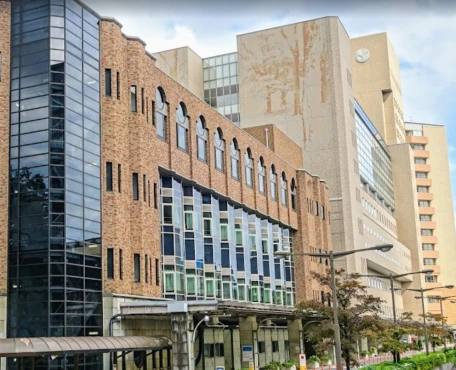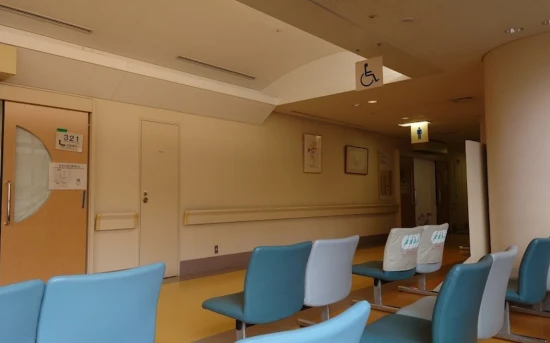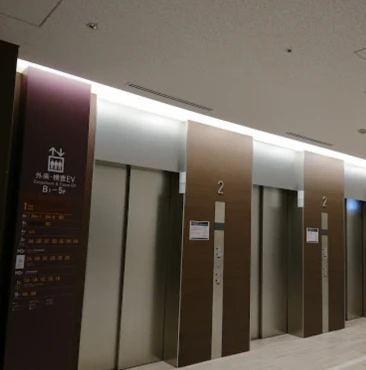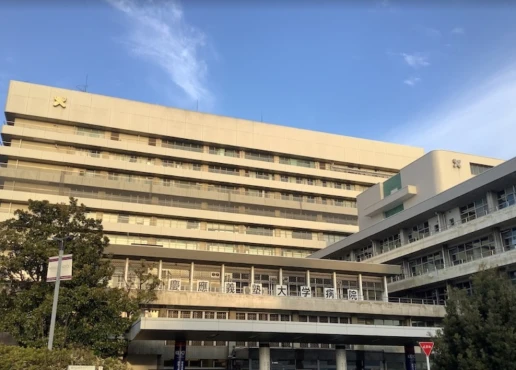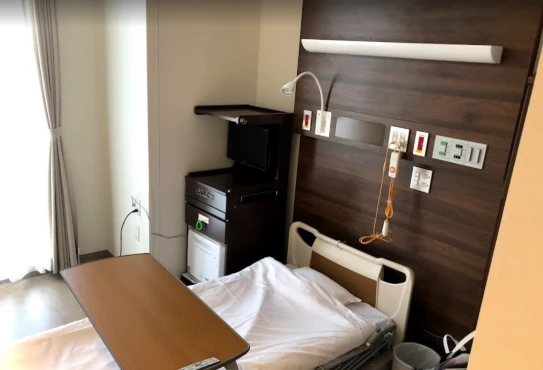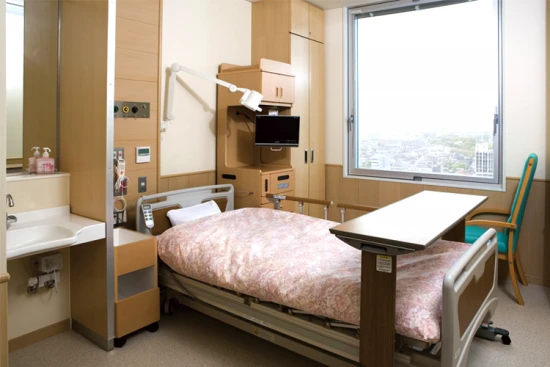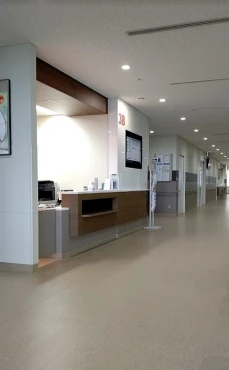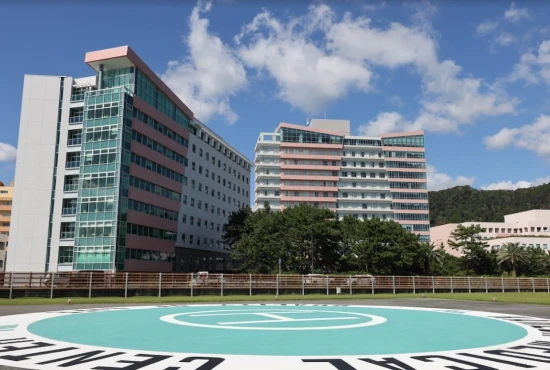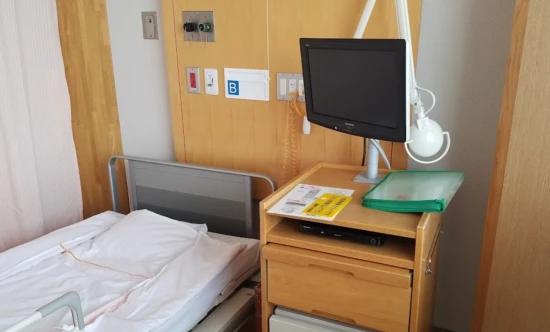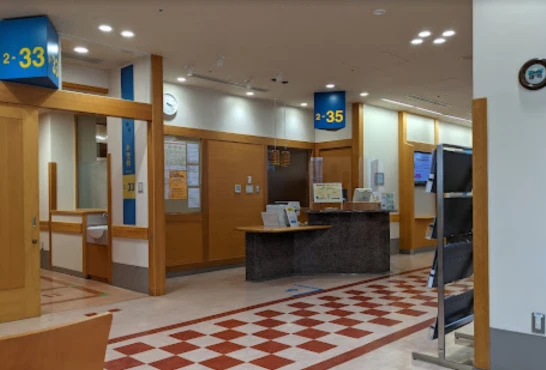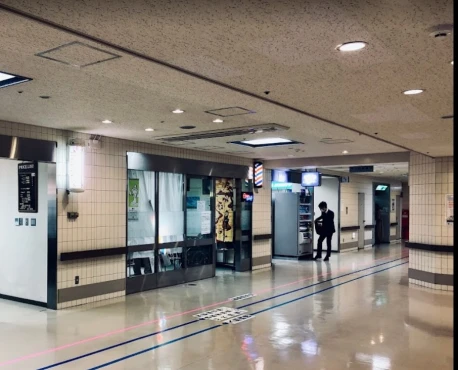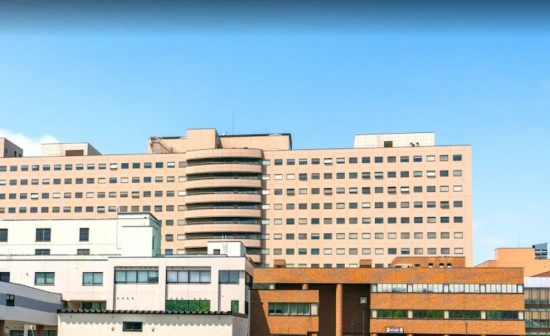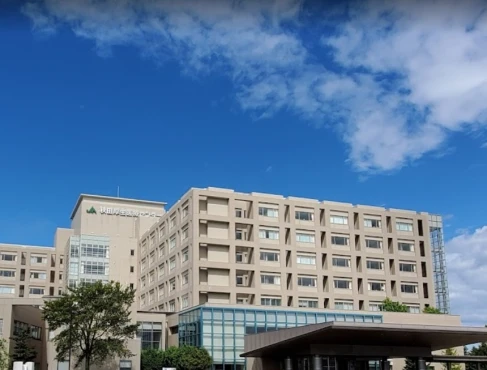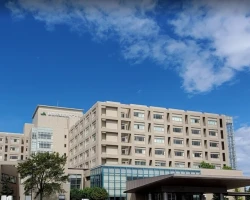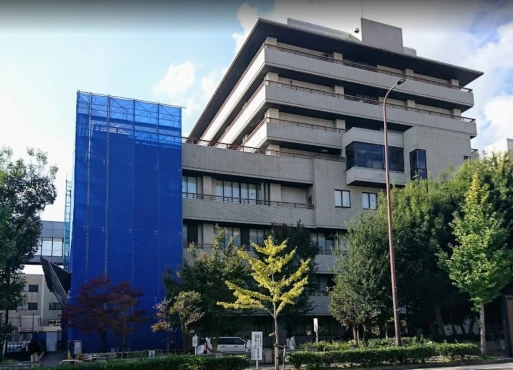Laminectomy is a surgical procedure performed to relieve pressure on the spinal cord or nerves by removing part or all of the lamina, a section of bone in the spine. It is often used to treat conditions like spinal stenosis or herniated discs, which can cause pain, weakness, or numbness. Recovery typically involves physical therapy to restore mobility and strength.
Laminectomy procedure, Bone cancer disease treatment in 2 Oncology and Spine surgery clinics in Tokyo
2 clinics specializing in Oncology and Spine surgery providing
Laminectomy
Laminectomy is a surgical procedure performed to relieve pressure on the spinal cord or nerve roots. It involves removing a portion of the lamina, the bony arch covering the spinal canal, to alleviate symptoms caused by spinal stenosis or herniated discs
Read more...
procedure, treatment of
Bone cancer
Bone cancer refers to the abnormal growth of cancerous cells in the bones. It can cause bone pain, fractures, and may require a combination of treatments such as surgery, chemotherapy, or radiation therapy for management and potential cure.
Read more...
disease in Tokyo.
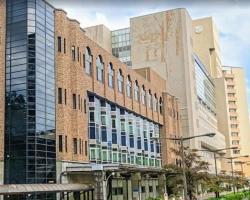
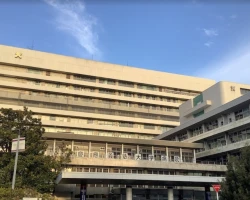
Nearby clinics in Japan
Perhaps you should consider the following clinics we have found nearby basing on your Location, Disease, Procedure filters applied.

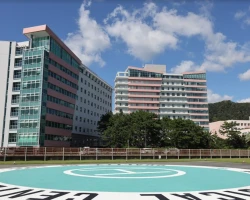
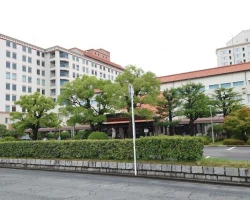
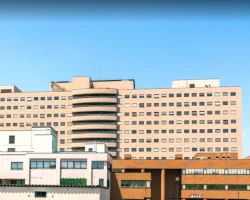
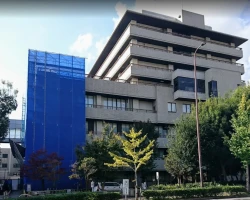
Procedure price distribution in Tokyo
Laminectomy:
Procedure prices in popular countries:
Laminectomy:
Countries with the highest number of clinics offering the procedures treatment:
Laminectomy:
Clinics grouping by rating
Clinic with the highest rating of 3.4 — University of Tokyo Hospital in Tokyo, Japan, clinic with the most reviews number of 628 — Keio University Hospital in Tokyo, Japan.
With rating from 3.0 to 3.9 — 2 clinics.
Countries with the highest number of clinics treating the diseases:
Bone cancer:
Related procedures:
Bone Sarcomas: Overview and Treatment Options
Bone sarcoma, also known as bone cancer, encompasses several types of malignant tumors that originate in the bone tissue. Common types include osteosarcoma, chondrosarcoma, and Ewing sarcoma, each arising from different types of cells within bones. Symptoms often include pain at the tumor site, swelling, and fractures. Treatment generally involves a combination of surgery to remove the tumor, chemotherapy, and radiation therapy, depending on the specific type of sarcoma, its location, and stage at diagnosis. Early detection and aggressive treatment are crucial for improving outcomes and reducing the risk of metastasis.
- Isabella Gonzalez, M.D.
